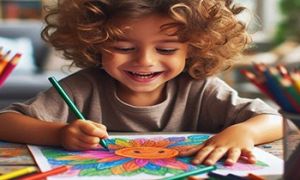Music activities are a fantastic way to engage children, enhance their creativity, and support their cognitive and social development. Here are some fun and interactive music activities for toddlers and preschoolers.
1. Singing and Rhymes
-
Nursery Rhyme Sing-Alongs – Classic rhymes like "Twinkle, Twinkle, Little Star" and "Row, Row, Row Your Boat" engage toddlers and help them develop language skills.
-
Call-and-Response Songs – Songs like "Old MacDonald Had a Farm" encourage listening and vocal participation.
-
Name Songs – Personalized songs using children's names, like "Lorina is here today!" to foster belonging.
2. Movement and Dance
-
Action Songs – Songs with movements like "If You're Happy and You Know It" and "The Hokey Pokey" help with coordination.
-
Dance Ribbons – Let children wave ribbons to the beat of a song.
-
Bubble Dance Party – Play lively music and blow bubbles while kids dance and pop them.
3. Simple Instruments
-
Homemade Shakers – Use containers filled with rice or beans to make noise.
-
Drumming Fun – Upside-down buckets or soft drums allow toddlers to explore rhythms.
-
Xylophone Play – Encourage kids to tap keys and listen to different sounds.
4. Music and Sensory Play
-
Music and Water Play – Fill containers with different amounts of water and let kids listen to the sounds when tapped.
-
Paint to Music – Play music and let kids paint based on how they feel.
-
Musical Storytelling – Add simple instruments to a story for sound effects.
5. Musical Games
-
Freeze Dance – Dance when the music plays, freeze when it stops!
-
Musical Hide-and-Seek – Play music while children look for hidden objects.
-
Follow the Beat – Clap or stomp to different rhythms to help kids recognize patterns.
6. Storytelling with Music
-
Musical Story Time – Choose a simple story and use sound effects from instruments or objects to bring it to life.
-
Character Songs – Sing songs that relate to favorite animals or characters, adding different voices or rhythms.
8. Nature-Inspired Music Play
-
Outdoor Sound Hunt – Take kids outside and have them listen to natural sounds. Try to mimic them using simple instruments.
-
Wind Chime Orchestra – Use wind chimes, bells, or other outdoor objects to explore different tones.
9. Sensory Music Play
-
Textured Music – Have kids play instruments while touching different textures (soft fabric, rough paper) to explore sensory input.
-
Water Music – Fill jars with water at different levels and let kids tap them to make different musical notes.
10. Interactive Music Exploration
-
Guess the Sound – Play different instrument sounds and have kids guess what made the sound.
-
Music and Emotions – Play different types of music and talk about how each makes them feel.
11. Rhythm and Beat Fun
-
Marching Band – Let kids march around with makeshift instruments and explore different tempos.
-
Clap and Tap Games – Teach kids simple rhythms by clapping, stomping, or tapping.
Linking To The EYLF
Music activities can be effectively linked to the EYLF by aligning them with its five learning outcomes:
1. Children Have a Strong Sense of Identity
-
Music helps children express themselves and develop confidence.
-
Singing name songs or greeting songs fosters a sense of belonging.
-
Participating in group music activities encourages social connections.
2. Children Are Connected With and Contribute to Their World
-
Exploring music from different cultures promotes respect for diversity.
-
Group music-making teaches cooperation and teamwork.
-
Using instruments to mimic nature sounds connects children to their environment.
3. Children Have a Strong Sense of Wellbeing
-
Music supports emotional regulation and relaxation.
-
Dancing and movement activities enhance physical health.
-
Singing and rhythmic play help children express emotions.
4. Children Are Confident and Involved Learners
-
Experimenting with instruments encourages curiosity and problem-solving.
-
Learning songs with patterns and repetition strengthens memory and cognitive skills.
-
Creating music fosters imagination and creativity.
5. Children Are Effective Communicators
-
Singing and rhymes improve language development.
-
Playing instruments teaches listening and turn-taking.
-
Music storytelling enhances comprehension and expressive skills.


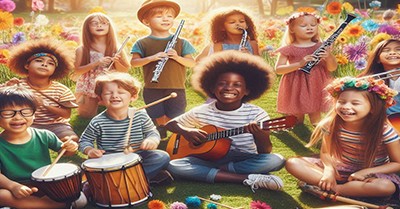
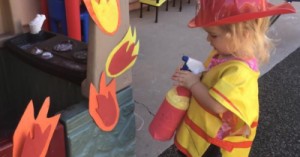
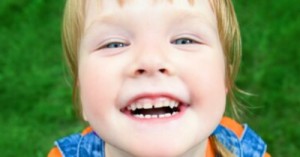
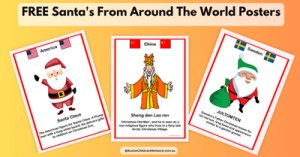

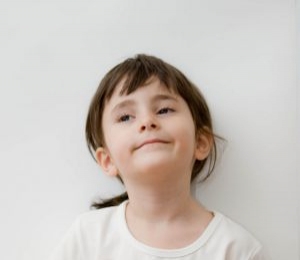 Open ended questions cannot be responded to with one word answers such as yes or no. These types of questions enables a child to provide
Open ended questions cannot be responded to with one word answers such as yes or no. These types of questions enables a child to provide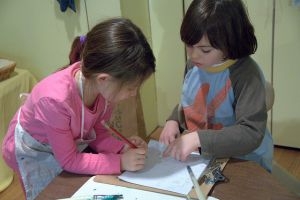 During your child’s preschool years, an important milestone begins to emerge. This is the development of pre-writing skills. Pre-writing skills are used to encourage, develop
During your child’s preschool years, an important milestone begins to emerge. This is the development of pre-writing skills. Pre-writing skills are used to encourage, develop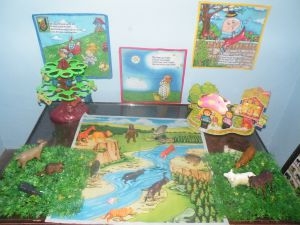 Open ended materials enables children to play freely. They are objects that have no rules to follow, use or function. Raw materials that can be
Open ended materials enables children to play freely. They are objects that have no rules to follow, use or function. Raw materials that can be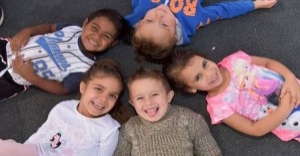 An Acknowledgment of the Country is a way of showing respect for the Traditional Owners and can be given by both non-Indigenous people and Aboriginal
An Acknowledgment of the Country is a way of showing respect for the Traditional Owners and can be given by both non-Indigenous people and Aboriginal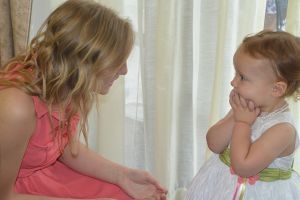 Language plays an important role in a child’s development. It enables a child to communicate effectively with their family, learn at school, socialize with friends,
Language plays an important role in a child’s development. It enables a child to communicate effectively with their family, learn at school, socialize with friends,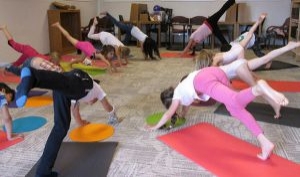 Like adults, children have to deal with their own stress in life. Moving house, starting a new school, preparing for a new sibling - these are
Like adults, children have to deal with their own stress in life. Moving house, starting a new school, preparing for a new sibling - these are Playdough is such a versatile material. It provides numerous benefits to children as they manipulate it, it is safe and soothing and provides children with
Playdough is such a versatile material. It provides numerous benefits to children as they manipulate it, it is safe and soothing and provides children with Teaching children about sustainability enables them to appreciate and respect the natural environment. Early childhood services can provide meaningful hand on learning experiences in order
Teaching children about sustainability enables them to appreciate and respect the natural environment. Early childhood services can provide meaningful hand on learning experiences in order Recycling is an important concept that teaches children to care for the environment. It encourages children to be responsible and show a growing appreciating for
Recycling is an important concept that teaches children to care for the environment. It encourages children to be responsible and show a growing appreciating for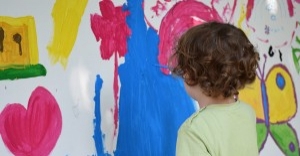 When children apply paint to paper, glue things together, or pound a lump of clay, they experiment with colour, shape design and texture.
When children apply paint to paper, glue things together, or pound a lump of clay, they experiment with colour, shape design and texture.
